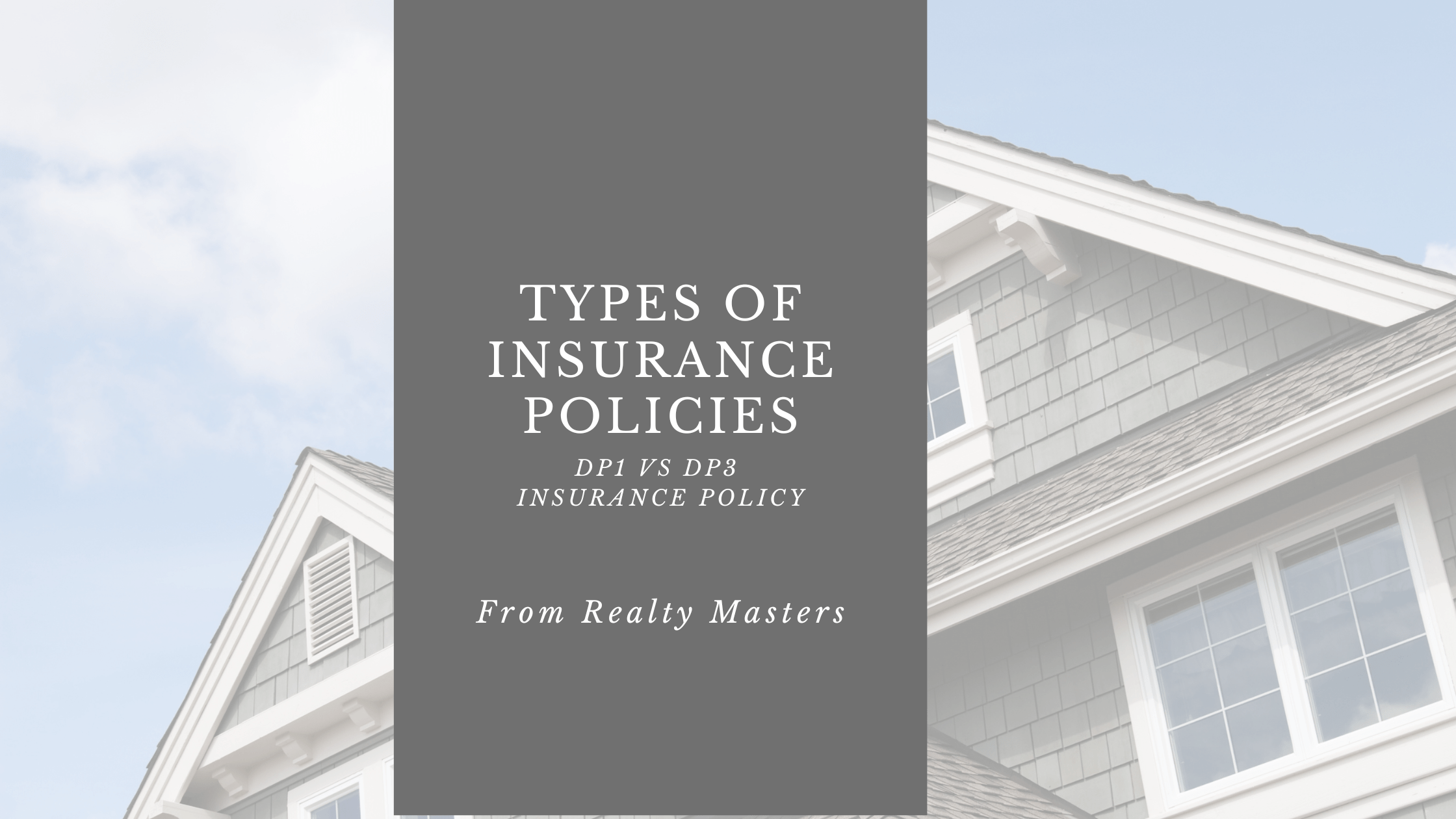As we have seen challenges in the insurance industry over the last few years, it’s important to become better familiarized with the types of insurance policies offered to landlords for their Pensacola area rental properties. We’ve discussed how the decrease in number of insurance carriers has increased the policy exclusions for other carriers. When your property cannot meet the criteria to secure a superior insurance policy, you may be offered an inferior insurance policy. The two most common insurance policies for rental homes in Florida are the DP1 and DP3 Policies. The DP3 policy provides the better coverage and is the policy type that we recommend.
The DP1 policy is known as the Dwelling Fire Form 1 policy. This policy is essentially a building only policy that only offers coverage to named perils. In most cases, this policy only covers 9 specific perils and anything beyond those would be the owner’s responsibility to fix. Those 9 perils are fire and lightning, internal and external explosions, windstorms, hail, riots, smoke, aircrafts, vehicles, and volcanic explosions. Things like liability coverage or medical costs from injuries on the property would not be covered.
The other main factor is how the payouts are calculated. DP1 policies pay out damages based on the cash value of the asset. This would essentially be the replacement cost of the damaged item, minus the depreciation of the item for the years that it has existed already. If you had a 20 year old roof that was damaged, then you would not get back the whole cost of that roof, but instead just the remaining value of the roof after 20 years. To calculate this, you would simply take the replacement cost x ( expected life span- current life)/ Expected life to get the actual cash value. If the expected life of the roof was 30 years and the roof cost $10,000, Then you would have $10,000 x (30-20)/30 = $3,333, so the actual cash value payout that you would get from the insurance company, would only be $3,333. Of course, your deductible on the policy would be subtracted from this figure.
Finally, this policy also does not include any loss of rental income built in, which is an important consideration for landlords. The DP1 policy is typically the cheapest, but definitely the lowest coverage you can get on your investment. Alternatively, there is the DP3, which is known as the Dwelling Fire Form 3 policy. This policy is typically more expensive, but it offers much better coverage and a few key differences. This policy is an open peril policy and will cover any perils not specifically mentioned in the exclusions. This policy also pays out claims based on replacement cost on all items covered, aside from roofs that are damaged by wind or hail. This policy can also cover other structures, personal property, loss of use of rental income, liability and medical payments. For this reason, a DP3 is almost always the safer option for tenant occupied homes and a DP1 should only be used for vacant homes or during remodels sparingly, if possible. If you are forced to secure a DP1 policy, you should talk to your insurance agent about additional coverage they may recommend.
Insurance policies are confusing for anyone outside of the insurance industry, which is why we always recommend consulting a local insurance agency. Many Pensacola area landlords live in other states and tend to utilize their insurance agent in other areas. We do not recommend this as many of these insurance challenges are unique to Florida. For instance, flood insurance, which is always recommended in our area, is not likely an issue in Kansas. Be sure that you are utilizing a local agent for the best results. Reach out to our office for Pensacola insurance agent recommendations.


